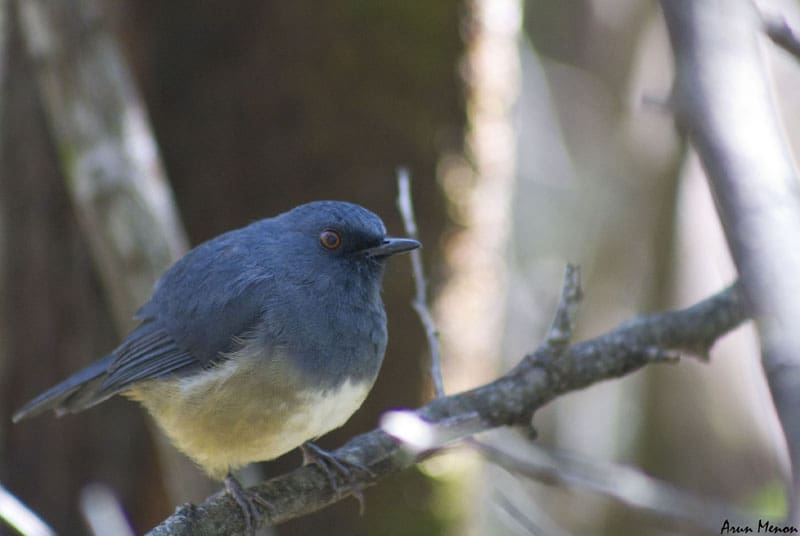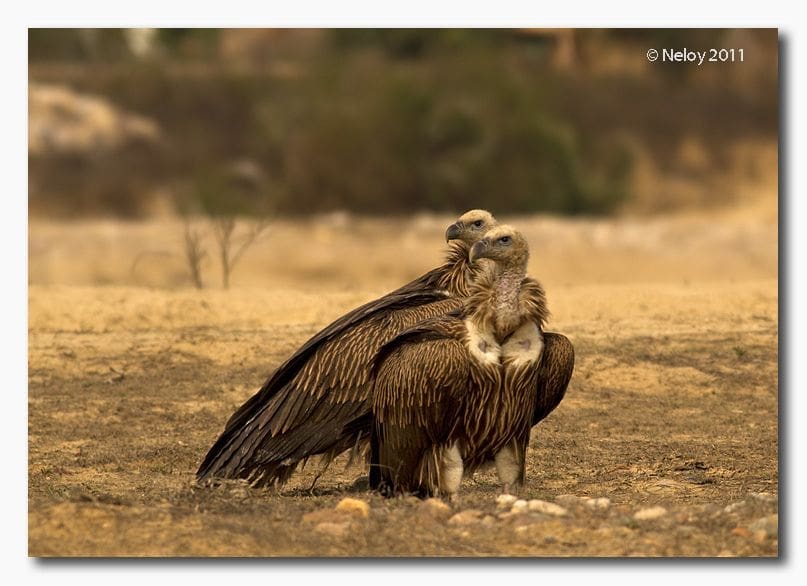Krithi Karanth’s dream to re-wild India – we second!
Every now and then I delight in a moment where I can introduce my daughter to something alive and wild — the birth of a butterfly, a sisterhood of elephants, the jawbone of a monitor lizard, the nest of a carpenter bee, the bill of a pelican, the colour of a fruit bat’s fur, the proud puff of a baby cobra’s hood… And when I meet parents who, like me, revel in the moment they introduce their own children to these fast diminishing joys of nature, I can sense their wonder and share their delight. And rest, at least for a wink, in the comfort that our tribe will increase. Thanks to Krithi Karanth for this innervating talk about her dream to re-wild India. Watch, share and teach your children well. Continue reading Krithi Karanth’s dream to re-wild India – we second!






